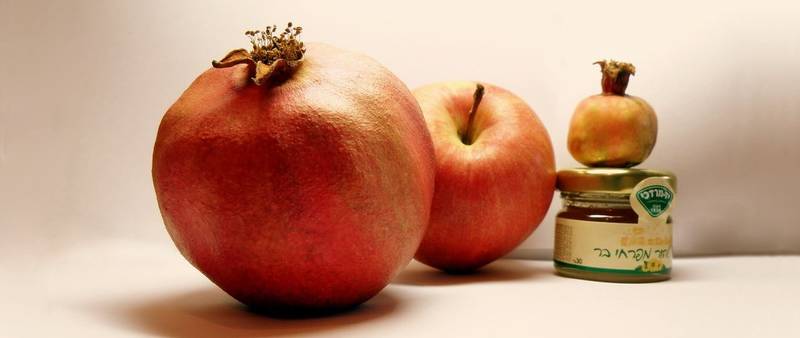
What’s the history?
Rosh Hashanah is the Jewish New Year and lasts for two days and occurs on the first and second day of Tishri, the seventh month of the Jewish year. The word “Rosh Hashanah” means “Head of the year” in Hebrew.
In the Torah the holidays are called Yom Ha-Zikkaron (the day of remembrance) or Yom Teruah (the day of the sounding of the shofar) not Rosh Hashanah and were originally only referred as one day.
Rosh Hashana itself is a joyous celebration, when the mood is upbeat, and it is wonderful to come together to mark the beginning of another new year with the community. However on this day Jewish people also begin in earnest the process of looking back at the mistakes of the past year planning the changes to make in the upcoming year. This process is known as Teshuvah. This Ten day period of introspection, also known as the Days of Awe, concludes with Yom Kippur.
What do people do?
There is no work permitted on Rosh Hashanah, so most of the day is spent in the synagogue reading from the Machzor, a special prayer book written for Rosh Hashanah and Yom Kippur.
Hearing the sound of the shofar (the ram’s horn that is blown) is one of the most important practices of Rosh Hashanah, because its sound is a call to repentance.
We also read the story of the Akeidah from the Torah, or the ‘Binding of Isaac’, when we read about the trial that Abraham faced in being asked to sacrifice his son by God. Of course God stops Abraham from going through with the sacrifice, and a message may be that this story shows that, unlike other religions at the time, child sacrifice was not a part of Jewish culture. Another debate based on this story is as to whether this story actually shows that Abraham’s faith in God was on trial or whether Abraham was actually putting God on trial. In any case, there is much to be discussed and debated from this definitive episode.
Another popular custom is eating apples and bread dipped in honey as a symbol for a sweet new year. Many people also throw bread crumbs into a flowing river to represent casting away their sins. This practice is called Tashlikh.
L'shanah tovah, meaning "for a good year", is commonly used as a greeting during these days.
What do we do at Westminster Synagogue?
Although many communities mark two days of Rosh Hashana, we do as in Israel and have one day with an evening service at sunset on the eve followed by morning services on the day of Rosh Hashana itself. Along with our main service, we have separate services for Tots, Children, families and teenagers. All services are followed by Kiddush along with servings of delicious honey cake made by our members.
